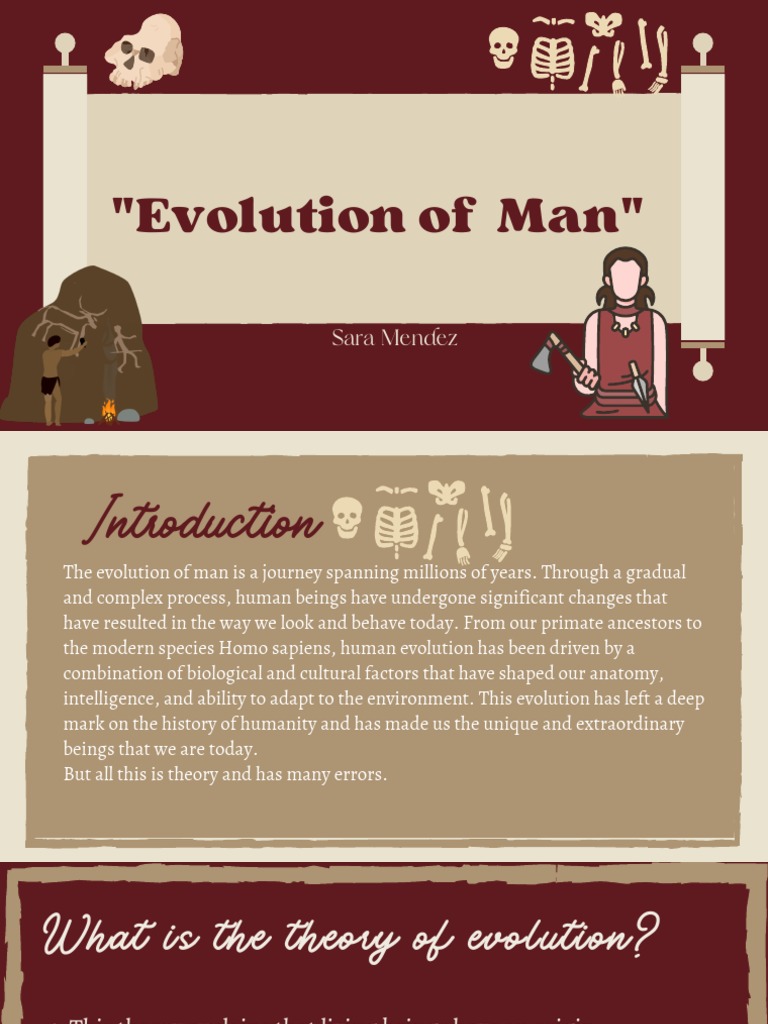The journey from primates to modern humans is akin to an intricate tapestry woven across millennia, each thread representing the interplay of biological evolution and cultural relativism. This multifaceted evolution is not merely a linear progression; rather, it encapsulates the serendipitous nature of adaptation, survival, and societal complexity. In contemplating human development, it is essential to adopt a perspective that embraces cultural relativism, recognizing that humanity’s evolution cannot solely be narrated through a biological lens.
At the heart of this exploration lies our lineage. The divergence from a common ancestor with contemporary primates approximately six million years ago heralded the onset of a remarkable odyssey. Early hominins, characterized by bipedal locomotion, initiated a paradigm shift in how beings interacted with their environment. The act of walking upright allowed for newfound advantages: the ability to traverse vast distances, manipulate tools for survival, and perhaps most crucially, engage in social interactions that would become foundational for future societies.
With this newfound uprightness emerged a cognitive renaissance. The development of the genus Homo marked significant milestones, spearheaded by Homo habilis, known for rudimentary tool usage. This growing complexity in tool-making can be metaphorically viewed as humanity’s first brushes with the canvas of civilization. Each artifact carved from stone reflected not just survival but the burgeoning interplay of culture. Knowledge of tool use was transmitted and adapted, laying the groundwork for cultural evolution.
As hominins traversed diverse landscapes, they encountered myriad challenges, leading to the emergence of distinct adaptations. The cultural relativism perspective asserts that these adaptations were not merely biological; they were also robust reflections of the environmental contexts. Homo erectus, for example, began to control fire, an innovation that redefined both diet and social structure. The warmth of a fire was more than a means to cook; it fostered community gatherings, storytelling, and the sharing of knowledge, cementing the importance of social bonds in human evolution.
As humanity progressed through the epochs, each significant leap in evolution coincided with cultural phenomena that shaped societal norms and identities. The Upper Paleolithic Revolution, around 50,000 years ago, epitomizes this synergy. It marked a period of unparalleled artistic expression, as seen in the exquisite cave paintings of Lascaux and Altamira. Such artistic endeavors were not mere embellishments; they signified a burgeoning self-awareness and the complexity of symbolic thought. Through the lens of cultural relativism, this artistic explosion can be interpreted as a reflection of the diverse experiences and belief systems of various groups, showcasing how culture shapes human identity and societal evolution.
The transition from nomadic hunter-gatherers to settled agricultural societies during the Neolithic Revolution further exemplified this intricate relationship between biology and culture. The domestication of plants and animals acted as a catalyst for societal structures, energizing communal living and the establishment of hierarchies. Cultures began to coalesce around agricultural practices, leading to the proliferation of languages, religions, and governance structures. The establishment of sedentary communities was not merely a shift in survival strategy; it represented a metamorphosis in human interaction, communication, and shared cultural heritage.
However, this shift was not without its pitfalls. While agriculture provided a stable food supply, it also brought about inequities, instigating social stratifications that would permeate future civilizations. The complexity of cultural evolution underscores that progress is not universally linear or beneficial. Cultural relativism invites us to examine the intricacies of these changes—recognizing that what may benefit one group may encumber another fosters a more nuanced understanding of human evolution.
Looking towards the dawn of civilizations, one cannot ignore the monumental impact of ancient cultures. The emergence of writing systems, such as cuneiform and hieroglyphs, epitomized a dramatic leap in cultural communication. These scripts served as conduits of knowledge across generations, a vehicle through which ideas, beliefs, and traditions were documented and preserved. This cultural writing paradoxically highlights the transience of human life against the permanence of written language—demonstrating how humans sought to secure their existence through shared narratives, thereby further enriching the tapestry of human history.
The tale of human evolution is also replete with chapters of migration, conquest, and interaction among diverse groups, where the interplay of cultures yielded a polyphonic harmony of ideas. The diffusion of innovations facilitated a shared human experience that transcends geographical boundaries. From the silk roads intertwining East and West to the exchanges fostered by the Age of Exploration, the global movement of people and ideas has influenced cultural developments throughout history. In contemplating these exchanges, cultural relativism offers insights into how intercultural interactions can provide avenues for growth, empathy, and understanding, yet also expose the fragility of cultural identities.
In contemporary times, the digital revolution epitomizes the latest metamorphic phase of human culture. Technology has obliterated geographic limitations, creating virtual spaces where cultural relativism flourishes through exchange and dialogue. Yet, this evolution evokes questions regarding cultural homogenization versus the preservation of unique cultural identities. How can society navigate this intricate landscape, ensuring that while we adapt and evolve, we do not lose the rich diversity that defines all human experience?
In conclusion, the evolution of man, when viewed through the lens of cultural relativism, encapsulates a profound narrative where biological changes intertwine with intricate cultural realities. As humanity continues to navigate the complexities of modern existence, acknowledging the interplay between our evolutionary past and cultural present may guide us toward a more harmonious future. The journey from primates to modern humans, therefore, emerges not just as a biological account, but as a rich tapestry of cultural narratives that continue to shape our collective identity.
